Home>Garden Essentials>What Is Best For A Play Area: Mulch Or Pea Gravel
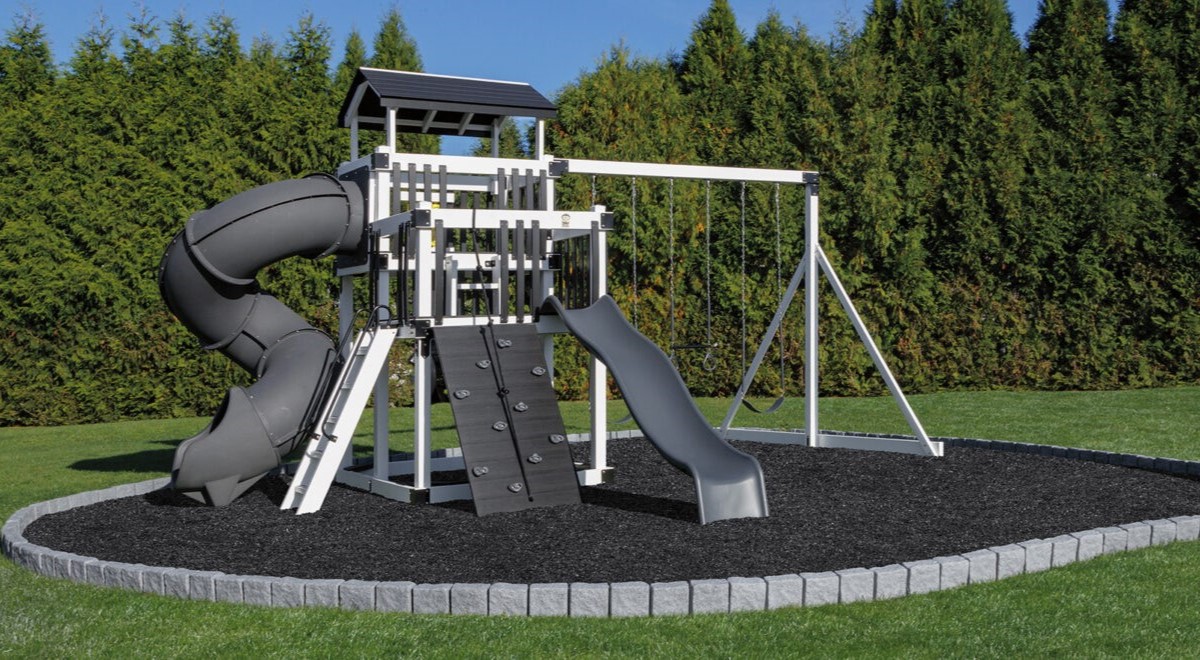

Garden Essentials
What Is Best For A Play Area: Mulch Or Pea Gravel
Modified: August 23, 2024
Enhance your garden with the best play area option. Discover whether mulch or pea gravel is the ideal choice for your outdoor space.
(Many of the links in this article redirect to a specific reviewed product. Your purchase of these products through affiliate links helps to generate commission for Storables.com, at no extra cost. Learn more)
Introduction
Welcome to the world of gardening, where every decision matters in creating a beautiful and functional outdoor space. One important consideration when designing a play area is choosing the right ground cover material. Among the options available, two popular choices are mulch and pea gravel. Both offer unique benefits and drawbacks that need to be carefully evaluated. In this article, we will explore the characteristics of mulch and pea gravel and discuss which one may be best for your play area.
Mulch is a type of organic material typically made from shredded wood, bark, or other plant-based materials. It is commonly used in landscaping and gardening for its ability to retain moisture, control weed growth, and provide insulation to the soil. On the other hand, pea gravel consists of small, rounded stones that are typically 1/4 inch to 3/8 inch in size. It is known for its excellent drainage properties, low maintenance requirements, and decorative appeal.
Now that we have a basic understanding of mulch and pea gravel, let’s dive deeper into the factors that need to be considered when choosing between the two for your play area. These factors include safety considerations, maintenance requirements, cost comparison, accessibility and universal design considerations, and the environmental impact.
Key Takeaways:
- Choose mulch for a softer, safer play area with better slip resistance and lower maintenance. It’s cost-effective, accessible, and environmentally friendly, providing cushioning and weed control.
- Opt for pea gravel for low-maintenance, visually appealing play areas with excellent drainage. Consider accessibility challenges and potential environmental impact when using this option.
Definition of Mulch and Pea Gravel
Mulch refers to any material that is spread over the soil surface to improve its functionality and appearance. It can be made from a variety of organic materials, including wood chips, bark, leaves, grass clippings, and compost. Mulch serves multiple purposes in the landscape, such as retaining moisture, preventing weed growth, regulating soil temperature, and improving soil structure.
Pea gravel, on the other hand, is a type of gravel consisting of small, smooth, and rounded stones. It is typically made from naturally occurring materials like granite, limestone, or river rock. The size of the stones can range from 1/8 inch to 3/8 inch, giving it a pleasing appearance. Pea gravel is commonly used for pathways, driveways, and decorative purposes due to its natural beauty and excellent drainage properties.
Both mulch and pea gravel can be sourced from local garden centers, landscaping suppliers, or even created from materials available on your property. Understanding the unique characteristics of each material is crucial in making an informed decision about which one is best suited for your play area.
Comparison of Mulch and Pea Gravel for Play Areas
When it comes to choosing between mulch and pea gravel for play areas, several factors need to be considered to ensure the safety, functionality, and overall aesthetic appeal of the space.
Safety considerations: The safety of children should be a top priority when designing a play area. Both mulch and pea gravel provide some level of impact absorption, which can help reduce the risk of injury from falls. However, it’s important to note that pea gravel has a harder surface compared to mulch and may not provide as much cushioning. Additionally, small children may be more prone to putting pea gravel in their mouths, presenting a choking hazard. In terms of slip resistance, mulch may be a better option as it provides more traction.
Maintenance requirements: Maintenance is another important factor to consider. Mulch needs to be replenished regularly as it decomposes over time. You may need to add fresh layers of mulch every 1-2 years to maintain its effectiveness. On the other hand, pea gravel is low-maintenance and may only require occasional raking to redistribute the stones and remove any debris.
Cost comparison: The cost of materials can also play a significant role in your decision-making process. Mulch is generally more affordable than pea gravel, especially if you opt for locally sourced or recycled mulch options. Pea gravel, on the other hand, can be more expensive due to the cost of sourcing and transporting the stones.
Accessibility and universal design considerations: If your play area needs to accommodate individuals with disabilities or those using mobility aids, accessibility is a crucial aspect to consider. Pea gravel might pose challenges for wheelchair users or those with mobility issues, as the stones can be difficult to traverse. In this case, mulch, with its softer surface, may be a more accessible option.
Environmental impact: Lastly, it is important to consider the environmental impact of your choice of ground cover. Mulch is a sustainable option as it can be sourced from recycled materials or renewable resources. It also provides additional benefits to the soil, such as improving moisture retention and preventing erosion. Pea gravel, on the other hand, is a natural material that requires minimal processing and does not have significant environmental drawbacks.
Ultimately, the choice between mulch and pea gravel for your play area will depend on your specific needs, budget, preferences, and safety considerations. It is advisable to consider a combination of factors and potentially consult with a professional or seek advice from local gardening experts to make the best decision for your play area.
Safety Considerations
When it comes to creating a safe play area, there are important safety considerations to keep in mind when choosing between mulch and pea gravel as ground cover materials.
Impact absorption: One of the primary concerns is minimizing the risk of injury from falls. Both mulch and pea gravel offer some level of impact absorption, but they differ in their ability to cushion falls. Mulch, especially when applied to a sufficient depth, provides a softer surface that can help reduce the severity of impact. It acts as a natural shock absorber and can potentially minimize the risk of injury. On the other hand, pea gravel has a harder surface, which may not provide as much cushioning. This can make falls on pea gravel potentially more impactful and increase the risk of injury.
Choking hazards: Another important safety consideration, especially for young children, is the risk of choking. Pea gravel consists of small stones that can be easily picked up and put in the mouth by curious kids. This presents a potential choking hazard, particularly for toddlers and children who tend to explore the world through their mouths. Mulch, being organic material, poses a lower risk in terms of choking hazards.
Slip resistance: Slip resistance is another factor to consider, especially if the play area is located near water features or in areas prone to getting wet. Mulch has a textured surface that provides better traction and reduces the risk of slips and falls. On the other hand, pea gravel can become slippery when wet, which may increase the risk of accidents, especially for energetic children running and playing.
Foreign objects: One potential issue with pea gravel is the potential presence of foreign objects such as small pebbles, broken glass, or sharp materials. It is crucial to ensure that the pea gravel is free from debris and regularly inspect the play area for any potential hazards. Mulch, on the other hand, generally poses a lower risk of foreign object presence due to its organic nature.
In summary, both mulch and pea gravel can be used safely as ground cover for play areas, but there are certain considerations to keep in mind. When it comes to impact absorption, mulch may offer better cushioning and reduce the risk of injury from falls. Pea gravel, on the other hand, presents a potential choking hazard for young children due to the size of the stones. Additionally, mulch provides better slip resistance, while pea gravel may require regular inspection for foreign objects. It’s important to assess the specific safety needs of your play area and make an informed decision based on these considerations.
Maintenance Requirements
Maintenance is a crucial aspect to consider when choosing between mulch and pea gravel for your play area. Here, we will explore the maintenance requirements for each option to help you make an informed decision.
Mulch: Mulch requires regular maintenance to keep it looking and functioning at its best. Over time, mulch breaks down and decomposes, so it needs to be replenished periodically. The frequency of replenishment depends on factors such as the type of mulch used, climate conditions, and foot traffic in the play area. Typically, mulch needs to be topped up every 1-2 years to maintain an adequate depth and effectiveness.
In addition to replenishing mulch, it is important to periodically inspect the play area for any signs of weed growth. Although mulch helps suppress weed growth, some hardy weeds may still make their way through. Regularly pulling weeds and applying a weed control barrier beneath the mulch can help minimize weed issues.
Pea Gravel: Pea gravel is known for its low-maintenance nature. Unlike mulch, it does not decompose over time, so there is no need for regular replenishment. However, some maintenance tasks are still necessary to ensure the longevity and aesthetic appeal of the pea gravel surface.
One important aspect of pea gravel maintenance is raking. Over time, the stones may shift, scatter, or create uneven areas, especially with heavy play and foot traffic. By raking the pea gravel periodically, you can redistribute the stones and ensure an even surface. Regular raking also helps to remove debris, fallen leaves, and other unwanted materials that may accumulate on the gravel surface.
It’s important to note that both mulch and pea gravel may require occasional freshening up to maintain their appearance. Mulch may fade over time due to sun exposure, so adding a thin layer of new mulch can restore its color. Similarly, pea gravel may accumulate dirt, dust, or staining over time, and a thorough rinsing or pressure washing can help revive its natural appearance.
In summary, mulch requires regular replenishment and weed control. On the other hand, pea gravel has minimal maintenance needs, with periodic raking and occasional cleaning being the main tasks. Consider the time and effort you are willing to invest in maintenance when deciding between mulch and pea gravel for your play area.
When choosing between mulch and pea gravel for a play area, consider the age of the children using the space. Mulch is softer and better for younger kids, while pea gravel provides better drainage and is more suitable for older kids.
Cost Comparison
Cost is an important factor to consider when choosing between mulch and pea gravel for your play area. Let’s compare the costs associated with each option to help you make an informed decision.
Mulch: Mulch is generally more cost-effective compared to pea gravel. The cost of mulch can vary depending on factors such as the type of material used, availability in your area, and whether it is sourced from a local supplier or produced on your property.
There are different types of mulch available, including wood chips, bark mulch, and shredded leaves. Wood chip mulch is typically the most affordable option, while bark mulch may be slightly more expensive due to its aesthetic appeal. Shredded leaves can often be obtained for free, especially if you have access to a composting facility.
If you choose to purchase mulch, you may find bulk buying options more cost-effective than purchasing smaller bags. Additionally, consider using recycled or locally sourced mulch, which can be cheaper compared to commercially produced mulch.
Pea Gravel: Pea gravel tends to be more expensive compared to mulch. The cost of pea gravel can vary based on factors such as the quality of the stones, size of the area to be covered, and availability in your region.
Pea gravel is often sold by weight or by cubic yard. The cost per ton or yard can range depending on your location and the specific type of pea gravel you choose. Keep in mind that if you have a large play area to cover, the cost of purchasing and transporting a significant amount of pea gravel can add up quickly.
It’s important to factor in long-term costs as well. Mulch may need to be replenished every 1-2 years, adding to the overall cost over time. On the other hand, pea gravel typically does not require regular replacement, making it a potentially more cost-effective option in the long run.
Ultimately, the cost of mulch and pea gravel may vary based on several factors. Consider your budget, the size of the play area, and your long-term maintenance plans to make the best decision for your specific circumstances.
Accessibility and Universal Design Considerations
When creating a play area, it’s important to consider accessibility and universal design principles to ensure that everyone, regardless of their abilities, can fully participate and enjoy the space. Let’s explore how accessibility and universal design considerations apply to the choice between mulch and pea gravel as ground cover materials.
Mulch: Mulch, especially when properly installed and maintained, can be more accessible for individuals with disabilities or those using mobility aids. Its soft and cushioned surface provides a more forgiving and easier-to-navigate terrain for wheelchair users, walkers, and strollers. Mulch can also help absorb shocks from falls, reducing the risk of injuries.
When using mulch, be mindful of the depth to ensure that it is neither too shallow nor too deep, as excessive depth may make wheelchair navigation more challenging. Additionally, consider using a barrier or edging to prevent mulch from spilling onto walkways and creating obstacles for mobility devices.
Pea Gravel: Pea gravel, due to its loose and uneven nature, may present challenges for individuals with disabilities or those using mobility aids. The stones can be difficult to traverse with wheelchairs, walkers, or strollers, making accessibility more challenging. Uneven surfaces can also pose tripping hazards for individuals with stability or balance issues.
However, with proper design and implementation, pea gravel can still be made more accessible. One option is to create designated pathways using pavers or other solid materials that provide a stable surface for mobility devices. This allows for easier navigation across the play area while still incorporating the decorative appeal of pea gravel.
It’s important to consult accessibility guidelines and regulations specific to your location or follow recommendations from accessibility experts to ensure that your play area meets the necessary standards.
Incorporating universal design not only benefits individuals with disabilities but also enhances the overall usability and inclusivity of the play area. By considering the needs of a diverse range of users, you can create a space that is enjoyable for everyone, regardless of their abilities.
Ultimately, the decision between mulch and pea gravel should take into account appropriate accessibility measures to ensure that your play area can be accessed and enjoyed by all individuals.
Environmental Impact
The environmental impact of your choice of ground cover material for a play area is an important consideration. Both mulch and pea gravel have distinct characteristics that can influence their environmental footprint.
Mulch: Mulch offers several environmental benefits. It is often made from recycled materials, such as wood waste from lumber mills or tree trimmings, reducing the demand for new raw materials. Utilizing recycled mulch helps divert organic waste from landfills and promotes a more circular economy.
In addition, mulch provides numerous advantages to the soil ecosystem. It helps retain moisture, reducing the need for excessive watering and conserving water resources. As it breaks down over time, mulch contributes to the overall health of the soil by improving its structure, enhancing nutrient availability, and promoting beneficial microbial activity.
Another environmental benefit of mulch is its ability to suppress weed growth. By acting as a natural weed barrier, mulch reduces the need for synthetic herbicides or manual weeding, minimizing chemical use and potential harm to the environment.
Pea Gravel: Pea gravel is a natural material that typically requires minimal processing. This means that the environmental impact of producing pea gravel is generally lower compared to synthetic materials or heavily processed alternatives.
However, one potential environmental concern with pea gravel is the sourcing and transportation of the stones. Extracting and transporting large quantities of gravel can have environmental implications, including habitat disruption, energy consumption, and greenhouse gas emissions.
To mitigate the environmental impact of pea gravel, consider sourcing stones from local suppliers to reduce transportation distances. Look for suppliers who prioritize sustainable practices and adhere to responsible sourcing guidelines.
Overall, both mulch and pea gravel can be environmentally friendly if sourced and used responsibly. Mulch, with its recycled content and soil-enhancing properties, offers notable benefits to the environment. Pea gravel, while requiring careful consideration of sourcing and transportation, can still be a relatively eco-friendly choice compared to synthetic alternatives.
When deciding between mulch and pea gravel, consider the overall environmental impact of each option and choose the one that aligns with your sustainability goals and values.
Conclusion
Choosing the right ground cover material for your play area is a crucial decision that impacts both the safety and aesthetics of the space. After considering various factors, let’s summarize the key points to help you make an informed decision.
Both mulch and pea gravel offer unique benefits and drawbacks. Mulch provides a soft and cushioned surface, making it safer for falls and offering better slip resistance. It requires regular maintenance and replenishment but is generally more cost-effective and accessible for individuals with disabilities. Furthermore, mulch is environmentally friendly, often made from recycled materials and providing multiple benefits to the soil ecosystem.
On the other hand, pea gravel is low-maintenance, with no regular replenishment required. While it may not provide as much cushioning as mulch, it offers excellent drainage properties and a visually appealing aesthetic. However, pea gravel can pose challenges for accessibility and may require additional measures, such as creating solid pathways, to accommodate wheelchair users and those with mobility aids. It is crucial to consider the potential environmental impact of sourcing and transporting the stones.
Ultimately, the choice between mulch and pea gravel should be based on your specific needs, preferences, and considerations. Prioritize safety, accessibility, maintenance requirements, and the environmental impact. Consider consulting with gardening experts or professionals to assess your unique situation and make an informed decision.
Remember that creating a play area is not just about the ground cover material, but also about the overall design, equipment, and the incorporation of other safety features. Always prioritize the well-being and enjoyment of the children who will be using the space.
In the end, whether you choose mulch or pea gravel, creating a safe, functional, and visually appealing play area will provide endless hours of fun and enjoyment for children of all ages.
Read more: How To Use Pea Gravel In Landscaping
References
- Smith, J. (2020). Mulching Benefits and Tips for Your Home Landscape. Clemson Cooperative Extension. Retrieved from https://hgic.clemson.edu/factsheet/mulching-benefits-and-tips-for-home-landscape/
- University of Massachusetts Amherst. (n.d.). Playground Surfacing – Theoretical Performance Testing. Retrieved from https://ag.umass.edu/landscape/fact-sheets/playground-surfacing-theoretical-performance-testing
- Chapman, R., & Simpson, R. (2018). Gardening for Accessible Play Spaces. Ministry of Child Youth and Family Services, New Zealand. Retrieved from https://www.education.govt.nz/assets/Documents/Early-Childhood/Ministry/publications/Accessibility-of-ECE-Guide-and-Checklist-web.pdf
- United States Access Board. (2010). accessibility guidelines for play areas. Retrieved from https://www.access-board.gov/guidelines-and-standards/recreation-facilities/guidelines/play-areas
- United States Environmental Protection Agency. (n.d.). Mulch for Healthy Landscapes. Retrieved from https://www.epa.gov/soil-fertilizer-and-compost/mulch-healthy-landscapes
- Oklahoma State University. (n.d.). Gravel Stabilization Guidelines. Retrieved from https://www.osu.edu/
- Oklahoma Cooperative Extension Service. (2005). Mulches for the Home Garden. Retrieved from http://pods.dasnr.okstate.edu/docushare/dsweb/Get/Document-2241/HLA-6414webcolor.pdf
Please note that the references provided above are for informational purposes only. It is always recommended to consult with professionals and local experts for specific and up-to-date information related to your location and project requirements.
Frequently Asked Questions about What Is Best For A Play Area: Mulch Or Pea Gravel
Was this page helpful?
At Storables.com, we guarantee accurate and reliable information. Our content, validated by Expert Board Contributors, is crafted following stringent Editorial Policies. We're committed to providing you with well-researched, expert-backed insights for all your informational needs.
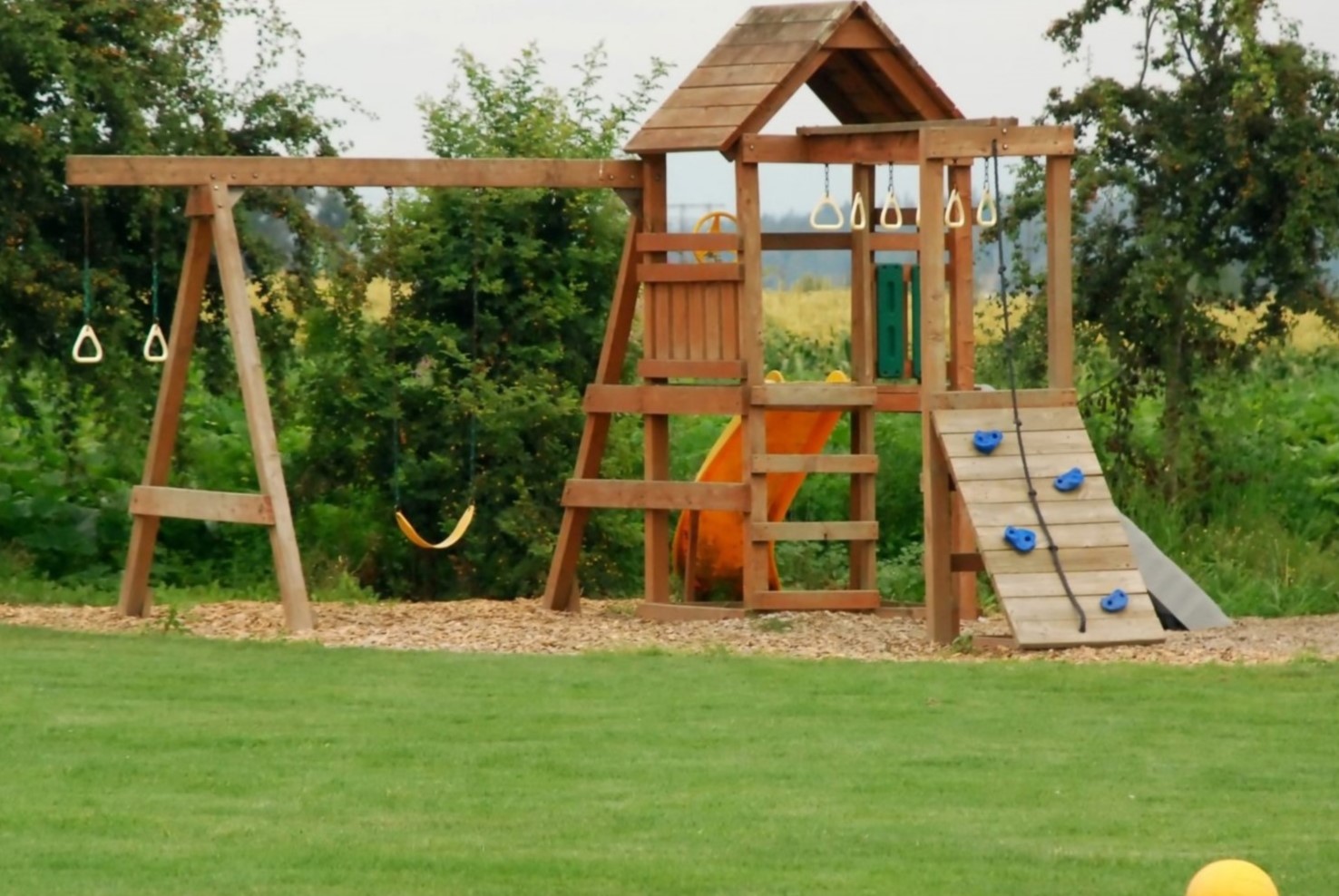
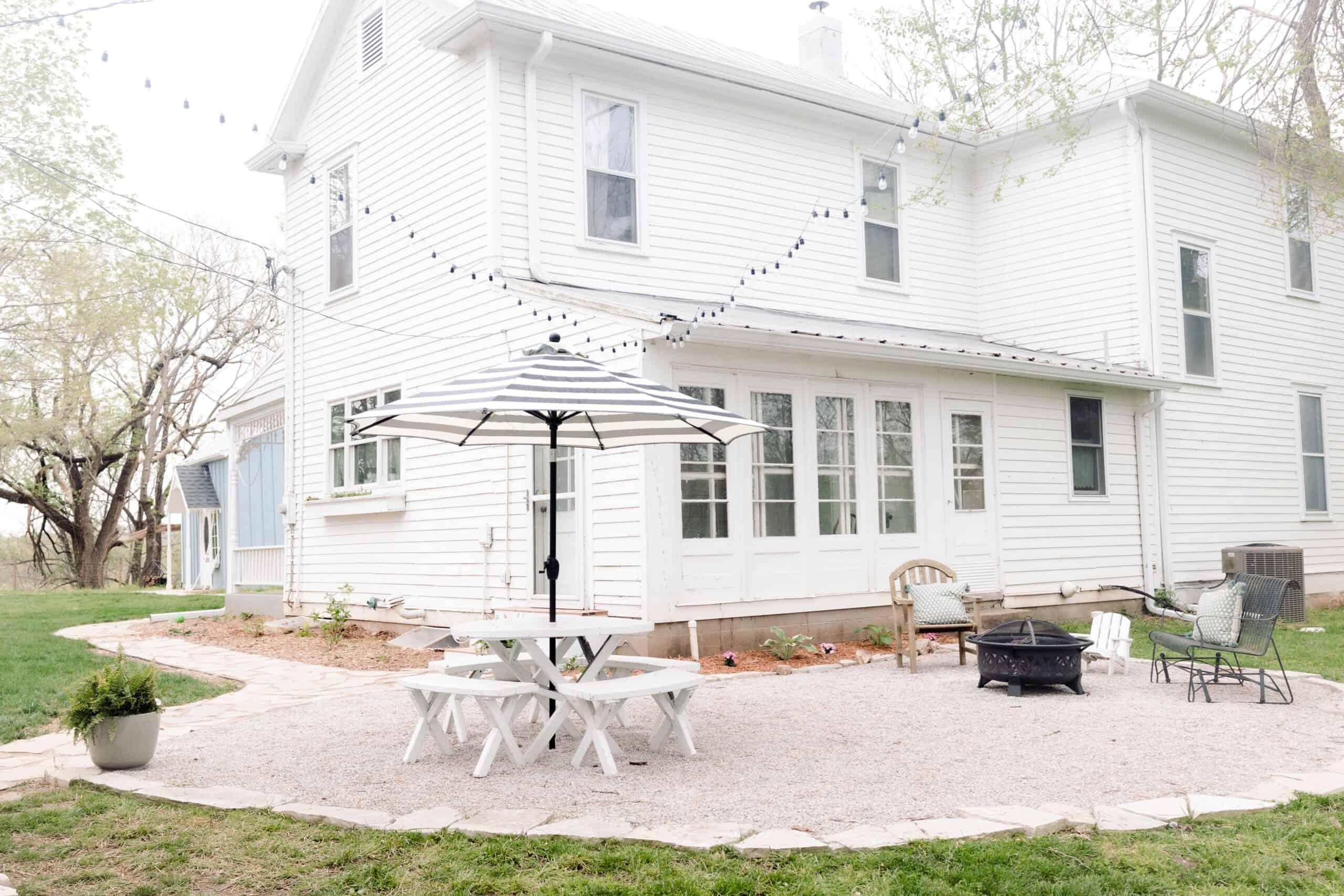
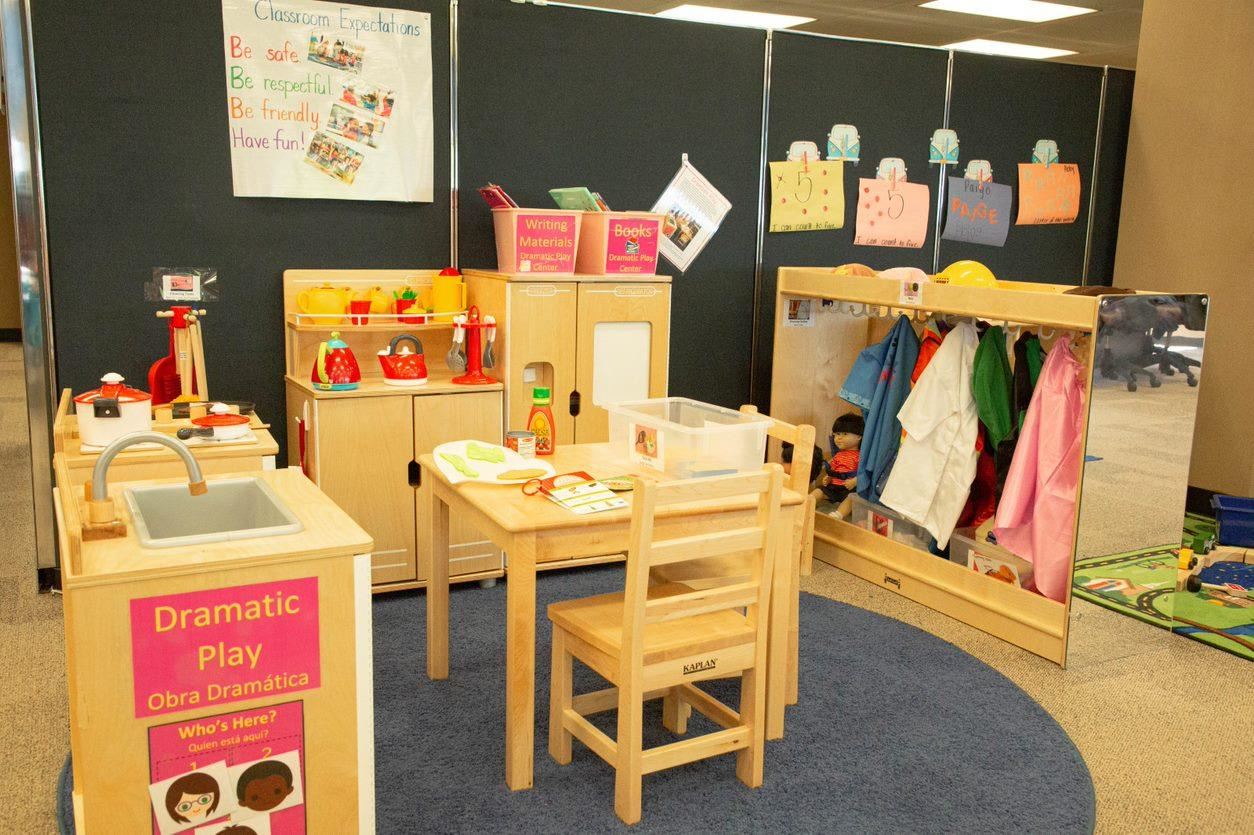
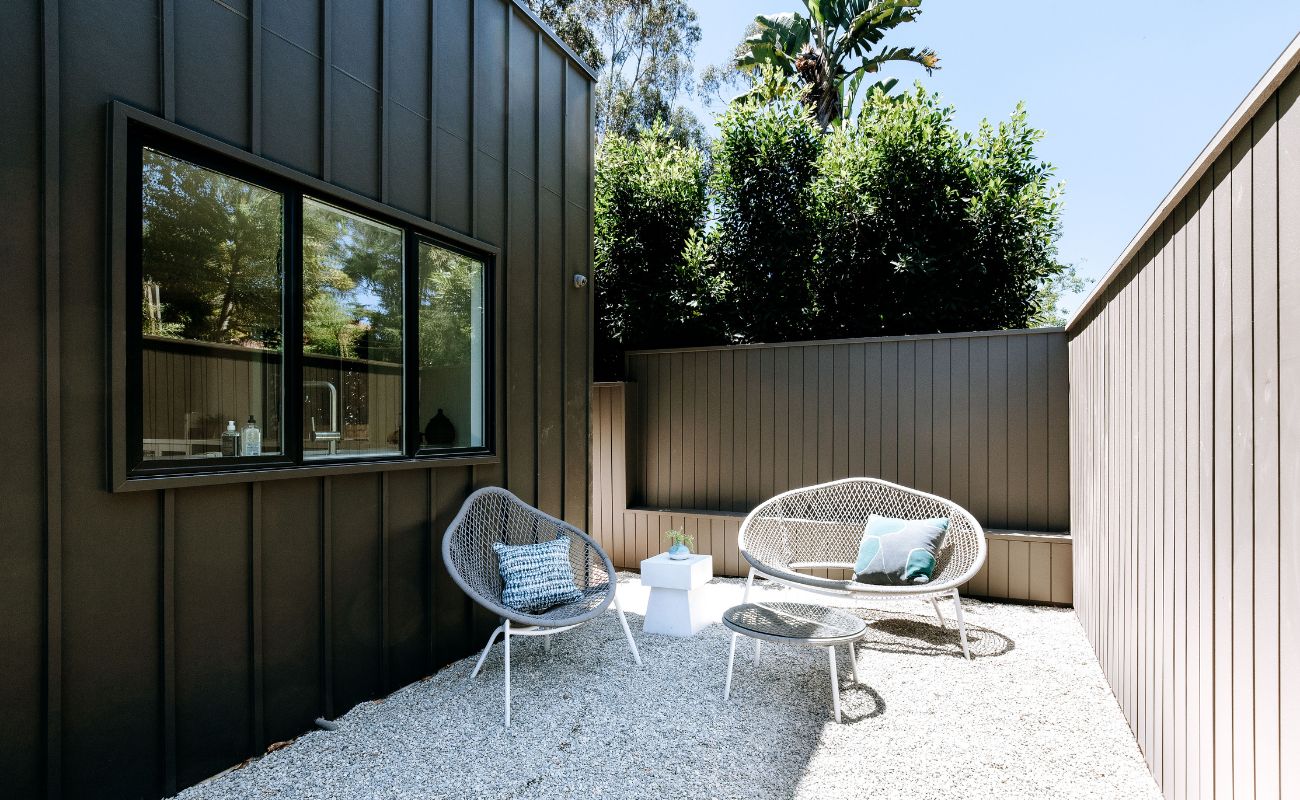
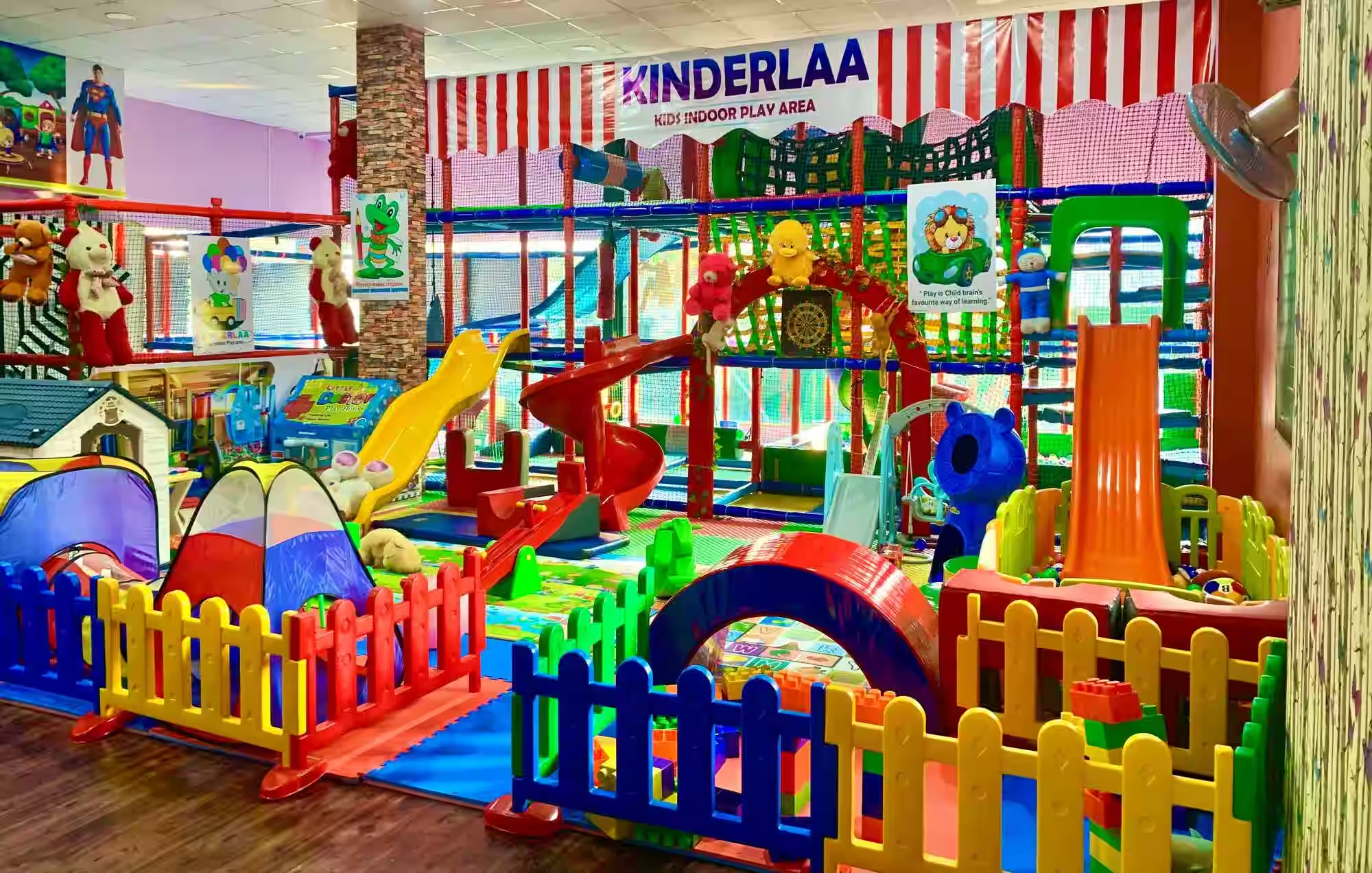
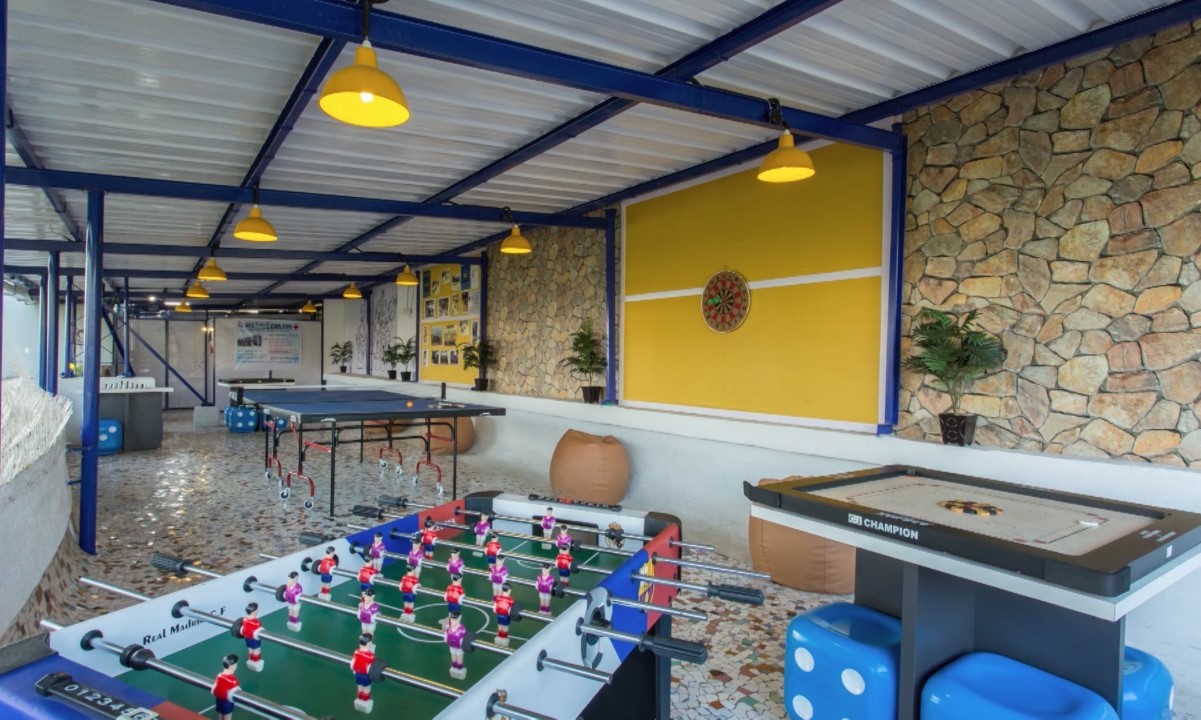
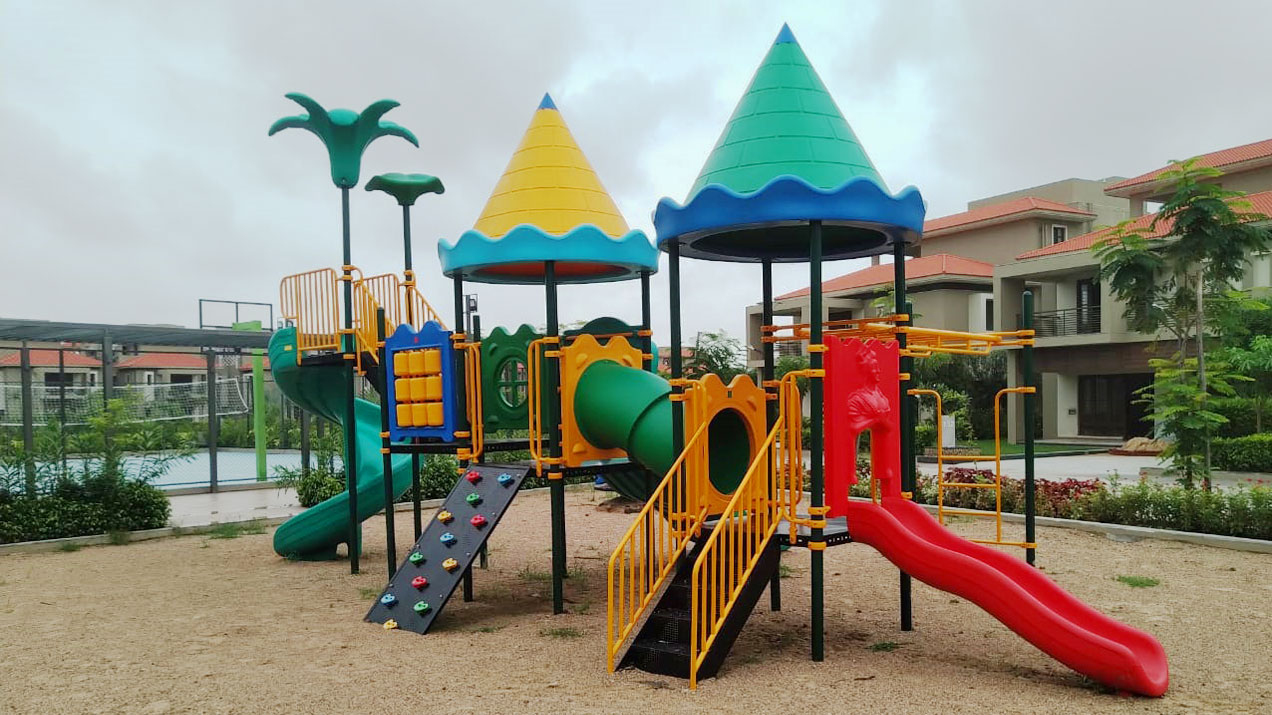
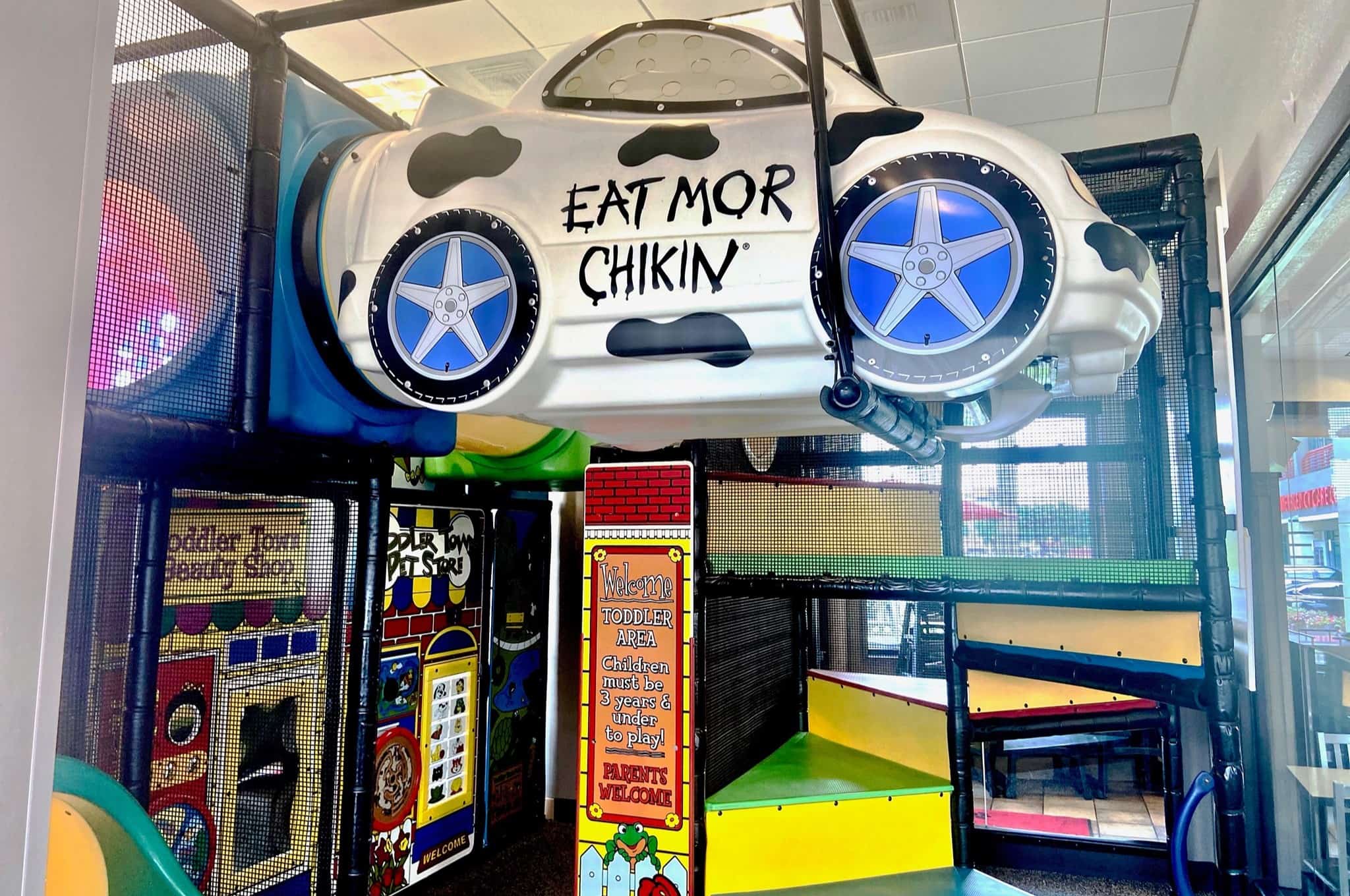
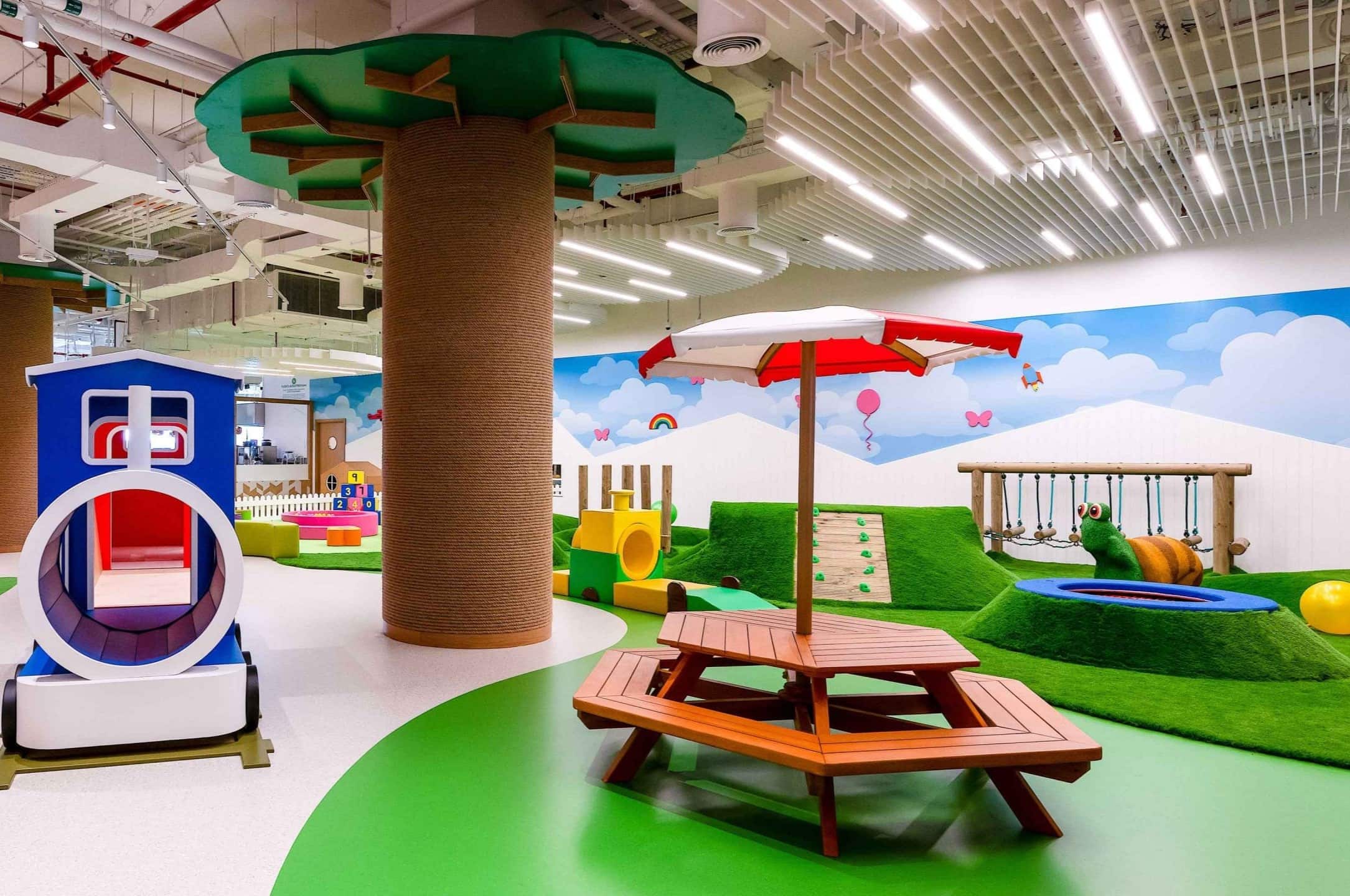
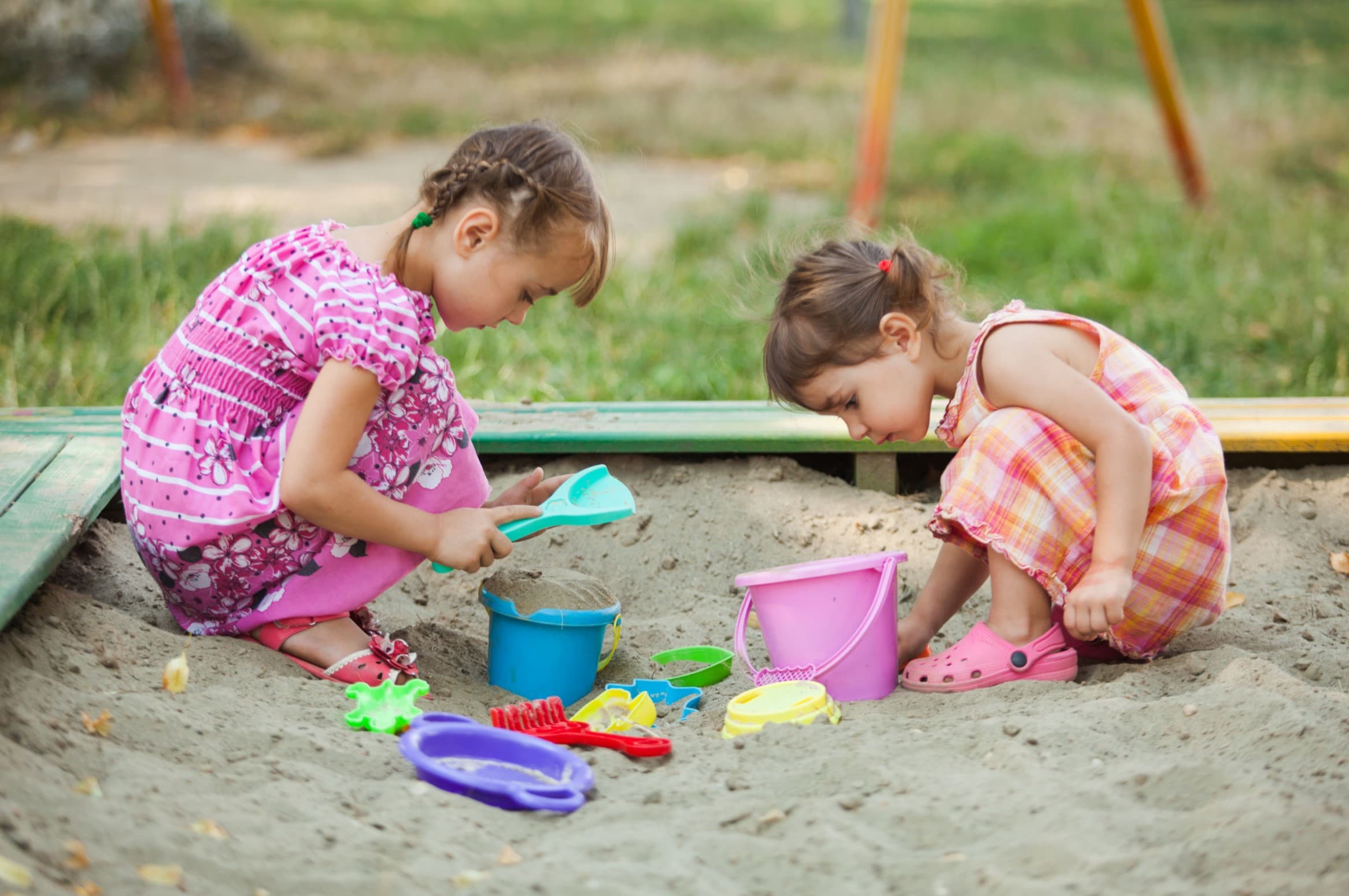

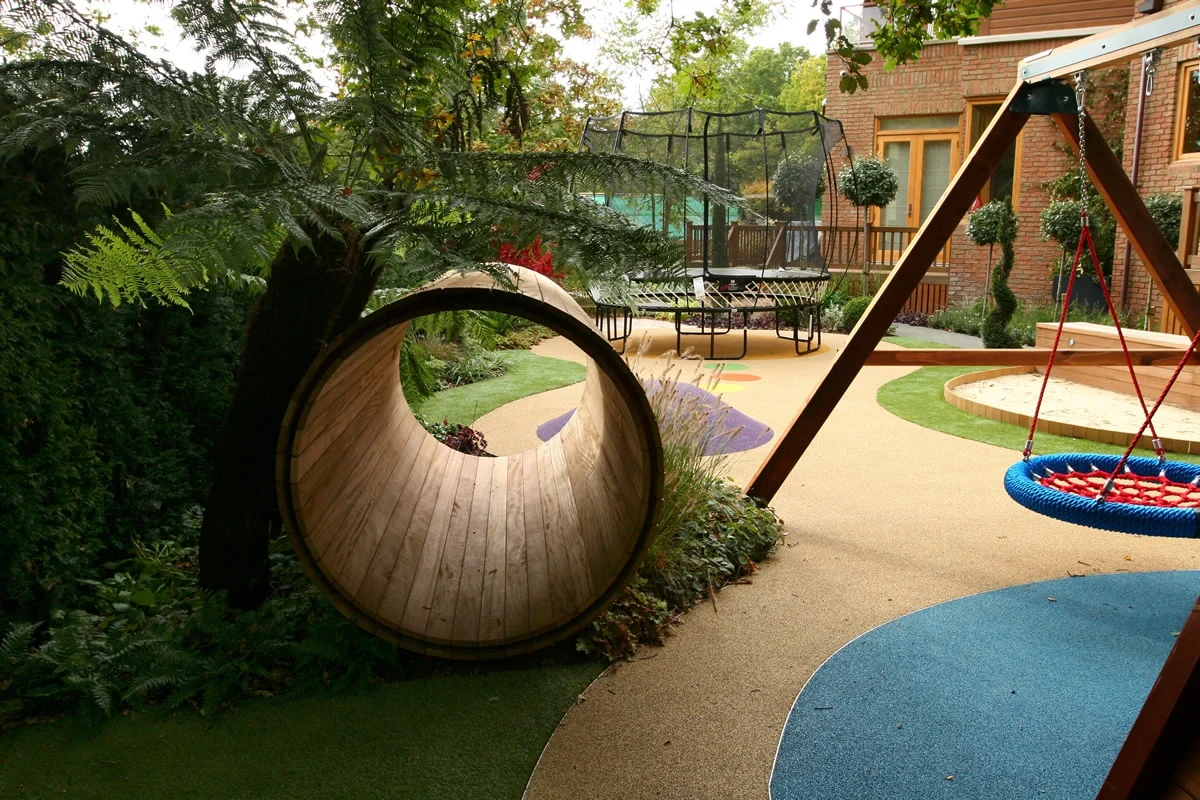
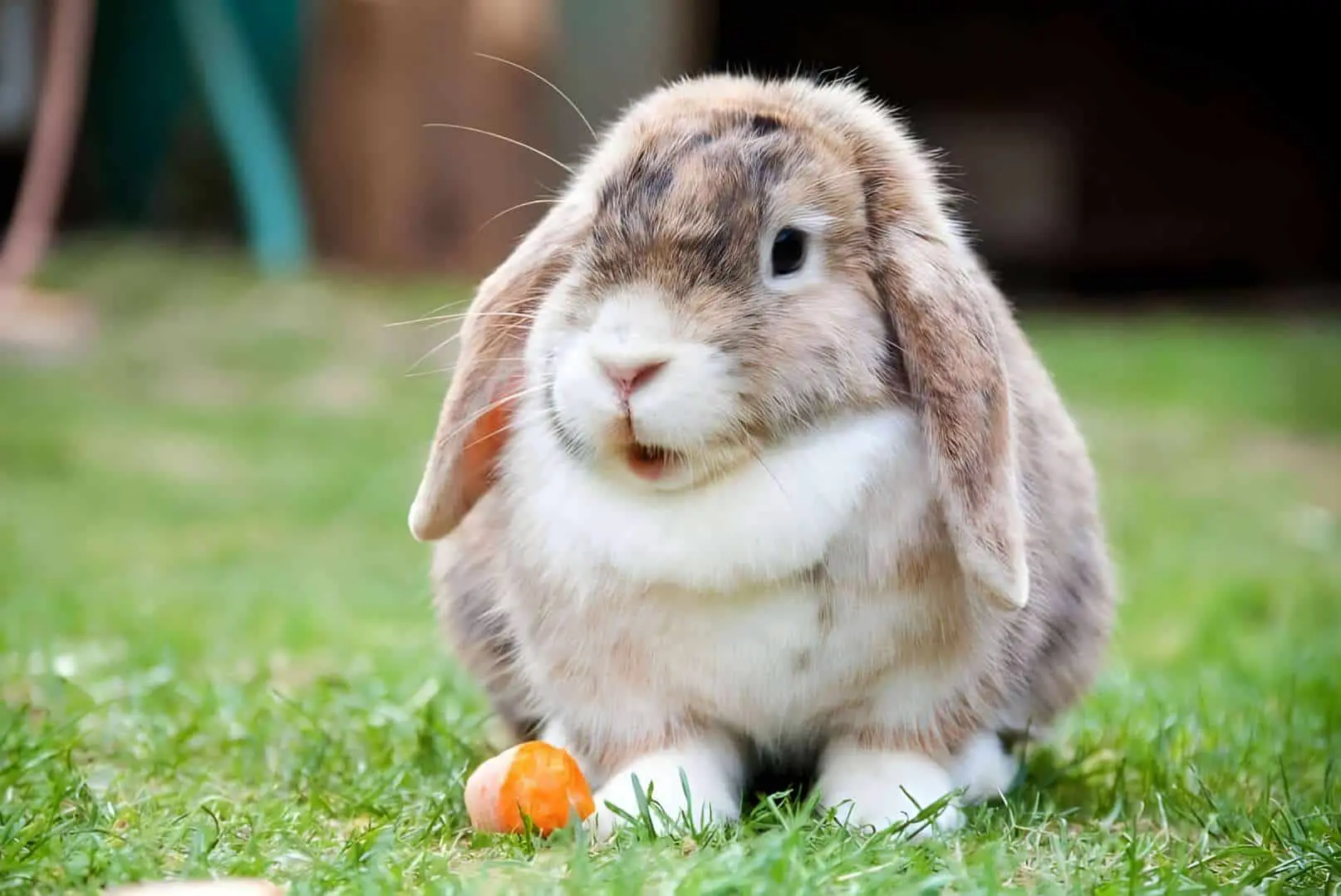

0 thoughts on “What Is Best For A Play Area: Mulch Or Pea Gravel”